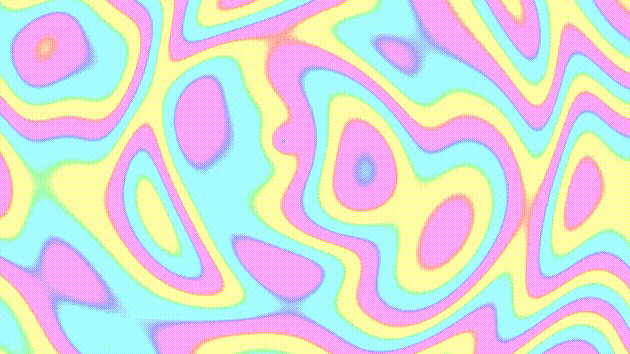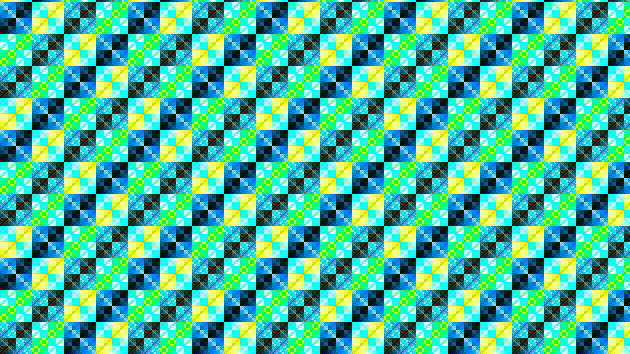I’ve spent the last two days writing psychedelic effects using pixel shaders in Shadertoy, and porting a few others that I’ve written in the past.




I’ve spent the last two days writing psychedelic effects using pixel shaders in Shadertoy, and porting a few others that I’ve written in the past.




One important part of the implementation of the EXT_external_objects and EXT_external_objects_fd groups of extensions for iris (the Intel gallium OpenGL driver) was the semaphore synchronization (EXT_semaphore extension). We’ve seen how the GL semaphores structs and functions that are introduced by this extension should be used in previous interoperability posts. In this post, I’ll try to describe the methods we’ve used to debug the EXT_semaphore implementation itself as well as the fences backend of the iris driver without getting into many driver internals details.
In my previous post on WebKit, I explained how we can debug the WebProcess using GDB. In this post, I am going to talk about another useful debugging tool that can be used to debug graphics: APItrace.
WebKit is an engine that uses multiple processes and multiple threads at runtime. There are some very useful generic instructions on how to debug one of its processes on Linux (with focus on the GTK port) in this wiki page. They work pretty well when WebKit is built using the Flatpak SDK and the scripts and gdbserver is installed in the system, but I faced some problems when I wanted to built WebKit with CMake having custom build and installation directories. So in this post, I’m going to describe the easiest way I’ve found so far to debug it when SDK is not being used and a gdbserver is not present in the system. I’ve found this simple solution after having tried a combination of tricks from the WebKit wiki instructions, GDB documentation and a discussion with my colleages at Igalia.
Continue reading An easy way to debug WebKit’s WebProcess with GDB
This post is about an experiment I’ve performed to investigate if it’s possible to fill a texture from an ANGLE EGL/GLESv2 context (ANGLE is an EGL/GLESv2 implementation on top of other graphics APIs), and use it from a native (for example mesa3D) EGL/OpenGL context on Linux.
This post is a quick status update on OpenGL and Vulkan Interoperability extensions for Linux mesa3D drivers:
Both EXT_external_objects and EXT_external_objects_fd implementations for the Intel iris driver have been finally merged into mesa3D earlier today and will be available in next release! 🎉
It’s been a few weeks I’ve been experimenting with EGL/GLESv2 as part of my work for WebKit (Browsers) team of Igalia. One thing I wanted to familiarize with was using shared DMA buffers to avoid copying textures in graphics programs.
I’ve been experimenting with the dma_buf API, which is a generic Linux kernel framework for sharing buffers for hardware access across multiple device drivers and subsystems, using EGL and GLESv2.
ANGLE is an EGL/GLES2 implementation on top of other graphics APIs. It is mainly used in systems that lack a native GLES2/GLES3 driver and in some browsers for example Chromium. As recently, I’ve used it for some browsers related work in Igalia‘s WebKit team (more on that coming soon) and had to set it up for debugging with GDB, I’d like to share the few extra settings and the configuration I’ve used to be able to use GDB and step inside the ANGLE API calls to examine the underlying driver API calls, when possible, while I was experimenting with ANGLE-based test programs.
Continue reading Setting up to debug ANGLE with GDB (on Linux)
More than a year ago, I had worked on the implementation of VK_EXT_sample_locations extension for anv, the Intel Vulkan driver of mesa3D, as part of my work for Igalia. The implementation had been reviewed (see acknowledgments) at the time, but as the conformance tests that were available back then had to be improved and that was work in progress, the feature was stalled, and I had forgotten about it… Until some weeks ago, when I realized that it has been merged into mesa! 🎉
As this feature is now available to the users, I’ve decided to write a short blog post to explain what this extension is about. You can read the extension’s specification if you are interested in learning how to use it and other details.